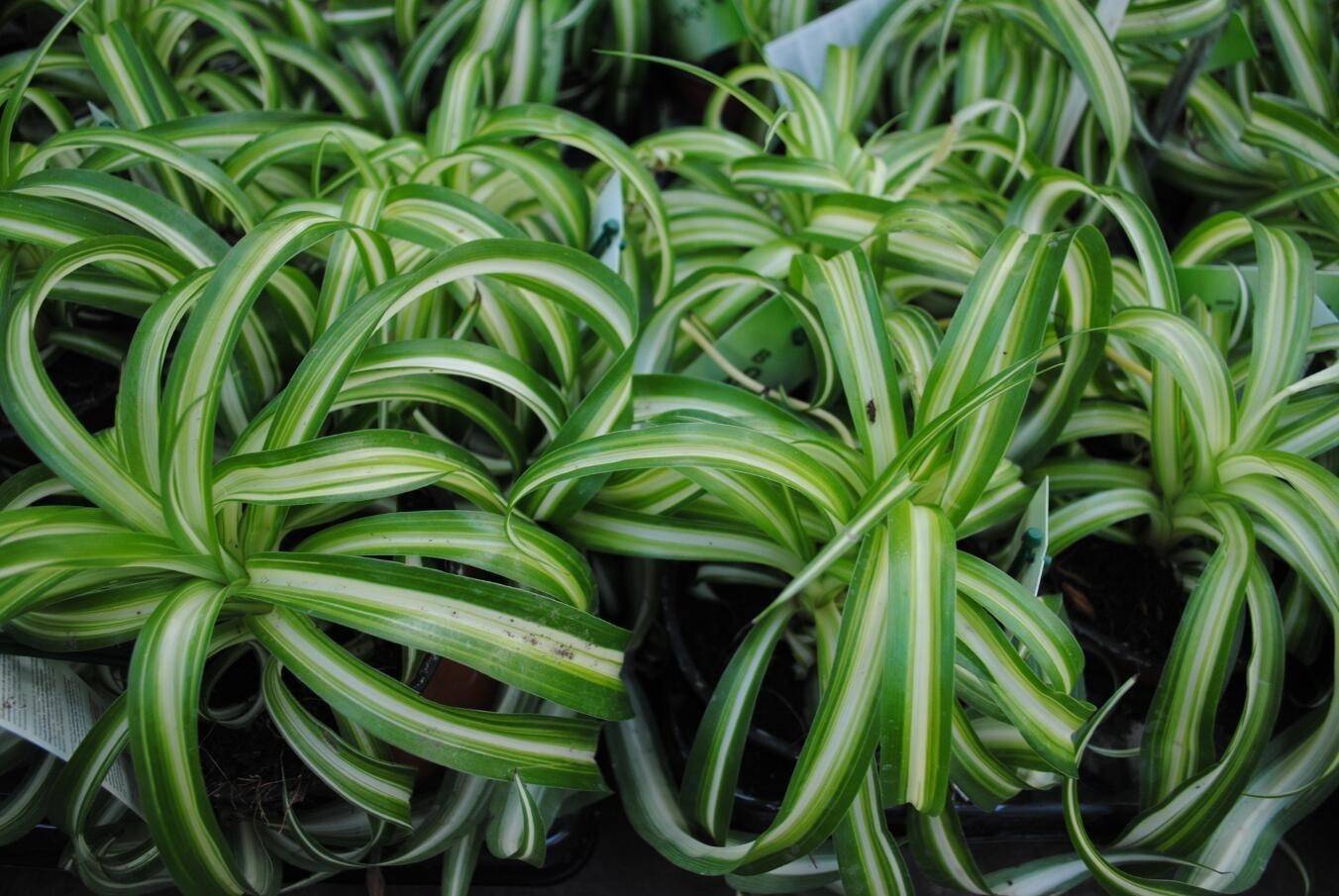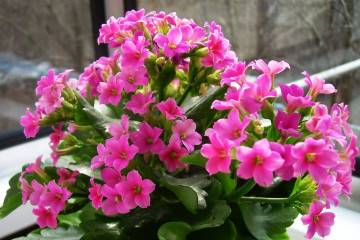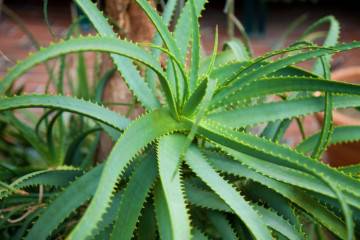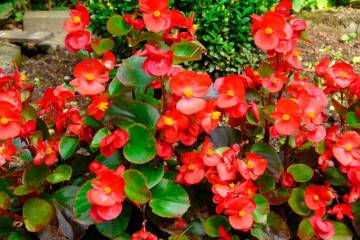Chlorophytum pests and diseases - causes and fight
Content:
Chlorophytum belongs to the category of useful plants that can purify indoor air. The flower is unpretentious to care for and is very beautiful. Disease resistance is considered its advantage. The plant rarely gets sick, but sometimes the owner may run into problems. Chlorophytum diseases are most often associated with improper care.
Chlorophytum, home care - leaves turn yellow, what to do
Although chlorophytum is a hardy plant, it can get sick and lose its decorative appearance. Violation of conditions of detention most often becomes a factor in the development of diseases. Insufficient lighting, too abundant watering, inappropriate soil - all this can lead to the formation of rot, discoloration of the foliage.
Drops the leaves
The flower can become lethargic if it lacks light. It is recommended to move it to another place where there will be more sunlight. If this is not possible, you need to organize daylighting yourself by installing additional lamps. Withering cannot be ignored, since the plant can completely discard them.
Leaves turn pale, turn yellow, spots appear
Yellowing does not always mean that the bush is sick. The reason may be a violation of the conditions of detention. The phenomenon can be provoked by:
- deficiency of minerals;
- too abundant or insufficient watering;
- unsuitable pot for a plant;
- damage;
- aging of the plant.
In an old plant, the leaves begin to gradually dry out and turn yellow. This is a natural process that does not require treatment. Withered leaves are simply cut off.
If the leaves turn yellow from an excess of moisture, it is necessary to dry the ground and reconsider the frequency of watering. If yellowness appears due to a lack of moisture, spraying must be ensured.
In chlorophytum, the tips of the leaves dry out due to a lack of moisture, and darken due to its excess. This most often happens during the winter, when the plant falls into a dormant state. The roots are not able to absorb a large amount of moisture, as a result, rotting begins.
Leaves or tips dry, curl and wrinkle
To the question of why the tips of the leaves dry in chlorophytum, there are several answers. The reasons may be:
- Getting sunburn. Chlorophytum is very fond of light, it grows well in a lighted room, but chlorophytum crested will feel comfortable only in diffused light. Direct rays of the sun can cause burns. This will cause the leaves to dry out around the edges. To fix the situation, you need to change the location of the pot.
- Insufficient watering - the roots of the flower are very massive. They can keep moisture for a long time. But if you water the plant poorly, the end of the leaves will begin to dry out.
- The leaves of chlorophytum also dry out due to the low level of humidity in the room. You can fight this with regular spraying.
Also, the flower can dry out due to a natural process. Each leaf has its own specific life cycle. As soon as it expires, dying off occurs.
If chlorophytum does not grow, it begins to dry out, the situation can be corrected by transplanting the plant into another soil.
Roots rot
Due to excess moisture and very heavy soil, the roots can begin to die. Most often, the phenomenon is noticeable in winter. The appearance of rot on the roots becomes noticeable only after it begins to develop on the aerial part. The leaves begin to turn yellow, become covered with spots, as a result, they completely turn black and rot.
The condition is detrimental to the plant, so action must be taken immediately. The infected bush will die immediately if left untreated. The situation can be corrected only by cuttings. The bush itself cannot be completely saved.
Wrinkled trunk
Such a phenomenon as a drying out trunk is very dangerous. Chlorophytum can die completely. Pest infestation does not cause such a symptom. The trunk usually begins to wrinkle due to a lack of moisture or lighting. It is recommended that chlorophytum be transplanted into softer soil that absorbs moisture better, as well as regular spraying.
Stem rot
Not only the roots of a plant can turn black, but also its stems. If dark spots are found on the leaves, this may indicate a violation of the watering rules. It is important to reduce the volume of water during the winter. It is necessary to give the plant a rest, water it only as the soil dries out completely.
Pests
Asking why chlorophytum does not start up arrows, does not grow, black dots form on the leaves, you need to check if the plant is infected with pests. Diseases and pests of chlorophytum are rare, but you need to know about them in order to have time to take action, since the affected plant can quickly turn yellow and dry out.
The most dangerous for a flower:
- thrips;
- spider mite;
- shield.
Insects can be found if you carefully examine the ground part. It is the external signs that help determine which pest attacked the flower. After that, you can decide on the measures of struggle.
You can determine the type of pest by the following criteria:
- A gray bloom in the form of cotton wool appeared - a mealybug.
- Dryness and yellow spots indicate that thrips have appeared.
- Leaves curl and deform due to the reproduction of aphids.
- If the flower is attacked by a scale insect, pale leaves with dark spots can be seen.
To destroy the scabbard on your own at home, you must first wipe the leaves with a sponge dipped in a solution of water and laundry soap. After that, you can carry out the treatment with any remedy for parasites.
One of the most dangerous pests is the spider mite. It appears due to too dry air. The tick feeds on sap of cells, because of this, the leaves begin to wither. To get rid of the pest, it is necessary to spray 4-5 times a day with an insecticidal solution.
Chlorophytum home care requires enhanced. If the leaves turn yellow, you can find out what to do by determining the cause. Compliance with the rules of maintenance will help to grow a beautiful flower that will delight with its flowering.




















